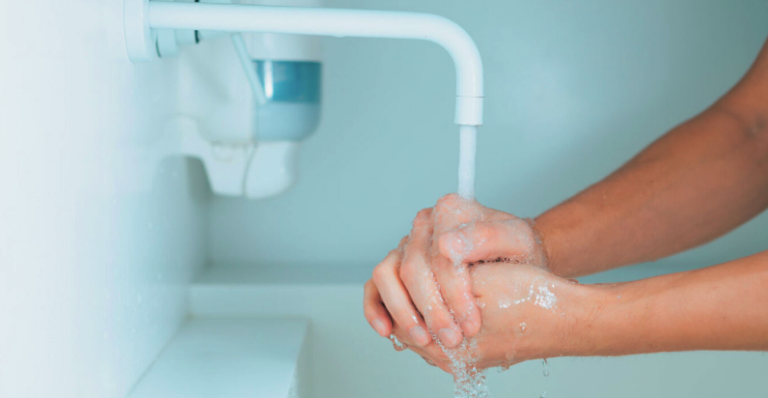New tools, digital and educational, are being used to attempt to manage hospital-acquired infections in the NHS (ESY), one of the major public health issues today.
Our country consistently holds the sad first place among European countries in this field, with at least 12.1% of hospitalized patients manifesting more than one infection (National Organization of Public Health – EODY) during their hospitalization.
The operation for the first time of a digital platform recording data on hospital-acquired infections is a valuable tool at the disposal of scientific and health authorities.
At the same time, the training of health professionals – around 1,000 in the last two years – is creating within the health system new solid bases for health management to contain dangerous and often fatal infections.
The data from the Hospital-acquired Infection and Microbial Resistance Prevention and Control Programme (GRIPP-SNF), implemented in ten major paediatric, university and general hospitals from November 2021, is impressive.
The data, which “Proto Thema” presents today, reflect on the one hand the dark situation that patients and health professionals know empirically, but also show the clear trend of reduction of infections that is recorded after the drastic interventions implemented in hospitals.
Kyriakos Mitsotakis: On 3 or 4 April, the trip to Washington for the meeting with Joe Biden
This demonstrates the multiplier effect of interventions on patients, hospitals and public health.
The programme, which is funded by the Stavros Niarchos Foundation and is part of the International Health Initiative, is implemented and managed by the Centre for Clinical Epidemiology and Outbreak of Diseases – CLEO.
The overseeing authority is the Health Quality Assurance Agency, which is also responsible for the expansion of interventions in the NHS from 2026.
From November 2021, 73 departments (Pathology, Oncology, ICU) of ten hospitals in the country will be under the electronic eye of the programme.
These are the Children’s Hospitals “Panagiotis & Aglaia Kyriakou” and “Agia Sophia”, the General Hospitals “Evangelismos”, “Attikon”, “Agios Savas”, “Papageorgiou”, as well as the University Hospitals of Larissa, Heraklion, Rio, Alexandroupolis.
The ten hospitals have been reinforced with 11 Infection Control Nurses who are institutionally involved in the Infection Control Committees.
Systematic recording currently covers three indicators, but not always simultaneously in all departments:
(a) staff compliance with hand hygiene, i.e. application of antiseptic or hand washing,
(b) micro-viraemia associated with the central line, as the catheter placed in a large vein is called; and
(c) urinary tract infections associated with the use of a urinary catheter.
Ask me anything
Explore related questions





